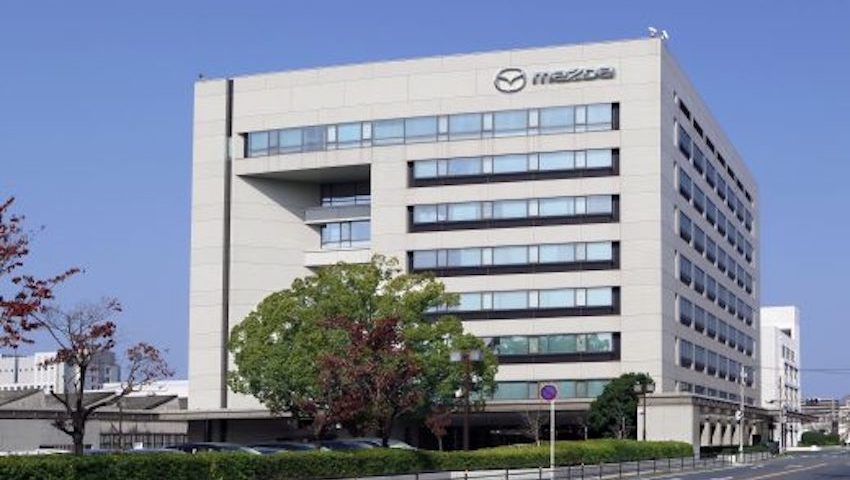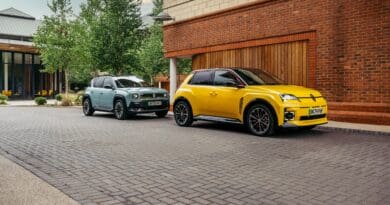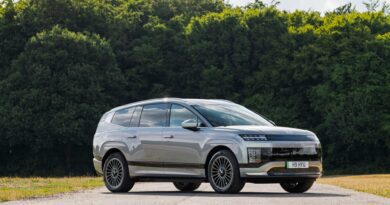
Mazda aims for a quarter of sales to be electric by 2030
Mazda has announced plans for a quarter of its products to be fully electric by 2030, with all other models also being electrified in some form.
Between 2022 and 2025, Mazda will introduce a range of new products for the Japan, Europe, US, China and ASEAN markets, consisting of five hybrid models, five plug-in hybrid models and three EV models. Further details on these new products will be announced in the future.
Mazda is also developing a dedicated platform for electric vehicles – SKYACTIV EV Scalable Architecture – that will be used for electric vehicles with various sizes and body types on products that will be launched between 2025 and 2030.
Through the SKYACTIV EV platform, Mazda said “…continued electrification will go hand in hand with the development of advanced internal combustion engine technology such as the award-winning e-Skyactiv X as well as new straight-six engines.”
In many regions, Mazda is investing in different projects and partnerships to promote the development and use of renewable fuels in cars. In Japan, Mazda is involved in several joint research projects and studies as part of an ongoing industry-academia-government collaboration to promote the wide-spread adoption of biofuels from microalgae growth. In Europe, Mazda has also joined the eFuel Alliance in February 2021 as the first OEM.
Advanced safety
Mazda has also announced that it will expand its advanced safety technologies with the introduction of its human-centric autonomous driving system ‘Mazda Co-Pilot Concept’. This will first appear in form of the Mazda Co-Pilot 1.0 in Mazda’s Large Products from 2022.
With the Mazda Co-Pilot Concept, over time, Mazda will introduce a system that monitors the driver’s condition at all times. If a sudden change in the driver’s physical condition is detected, the system switches to autonomous driving, navigating the car to a safe place, stopping the car and placing an emergency call.
Together with five Japanese OEM companies, Mazda will jointly develop standard engineering specifications for next generation in-vehicle communication devices to push for a standardised communication system to provide safer, stress-free connected services.





